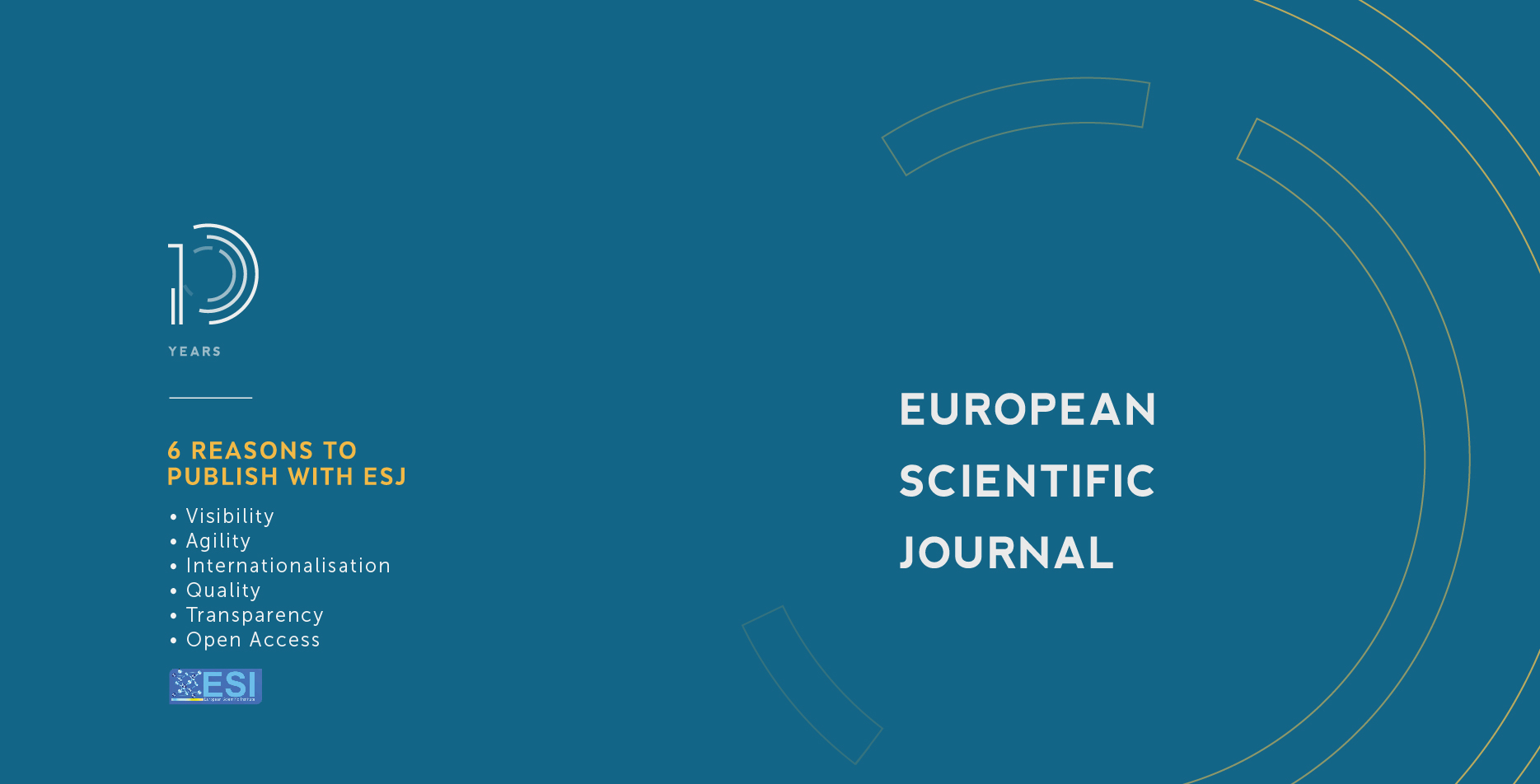Physico-Chemical, Microbiological and Antioxidant Properties of Some Local Honey Samples from Senegal
Abstract
Honey is one of the most pleasant food substances for humanity. It has many properties and contributes to the improvement of human nutrition. In Senegal, honey is an object of many speculations as for its origin and its physico-chemical and microbiological qualities. In this context, our study aims to evaluate the quality of local honey. Our study focused on six honey samples. Physico-chemical and microbiological analyses were carried out to evaluate the quality of the honey samples. The water content of the honey samples varied from 7.86 to 14.96 %. As for the ash content, the results varied from 0.13 to 0.45 %. The pH of the honey samples varies from 4.60 to 5.05, except for sample E5 which is 6.68. The total acidity values of the honey samples ranged from 10 to 26.5 mEq/kg. The IC50 values for the evaluation of the antiradical activity of the honey samples ranged from 145.05 to 189.40 μg/mL. The honey samples were generally compliant to the microbiological parameters studied, with the exception of samples E2 and E3 for which we had the presence of coliform for both samples and the presence of yeast and mold for sample E2 only.Given the results of this study, it would be necessary to do a more comprehensive study on as many local samples as possible.
Downloads
Metrics
PlumX Statistics
Copyright (c) 2021 Souleymane Aidara, Assane Dieng, Amadou Diop

This work is licensed under a Creative Commons Attribution-NonCommercial-NoDerivatives 4.0 International License.







.jpg)
